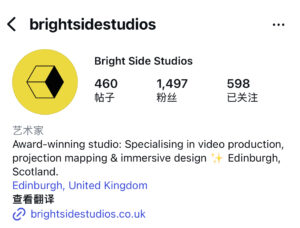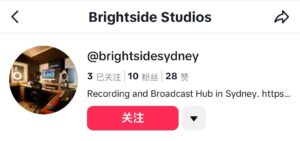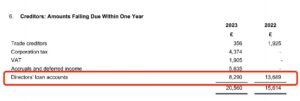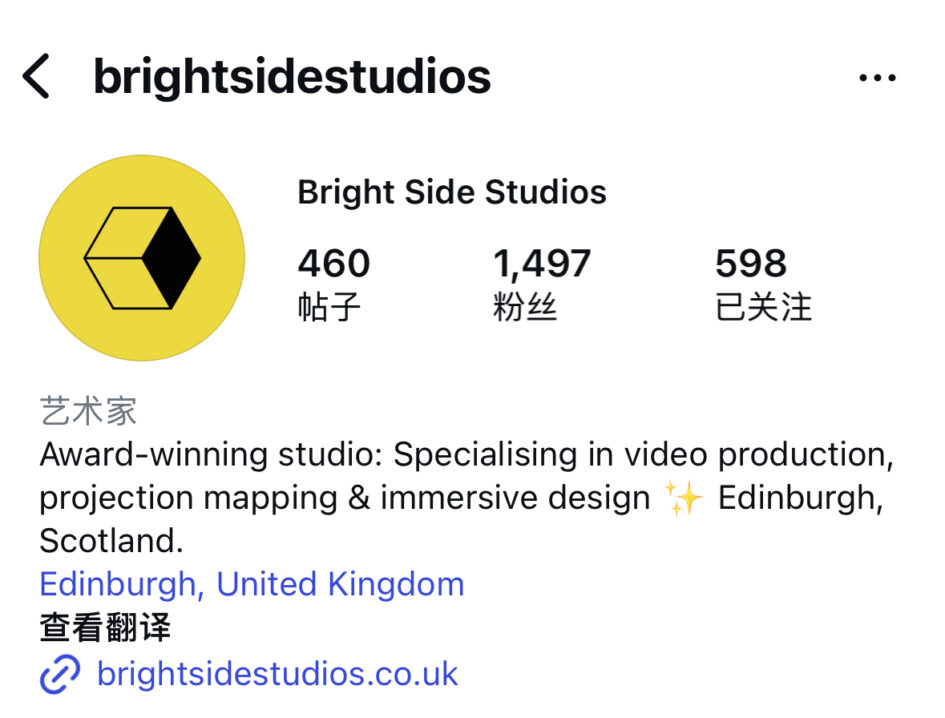Breaking the Ice: Diverse Backgrounds, Diverse Perspectives
During our team’s first official meeting, we began with brief self-introductions. It was exciting to see that our group is made up of individuals from diverse cultural and academic backgrounds, including management, marketing, art history, and data analysis. Some members even have experience in client consulting, which will be especially valuable for shaping our project’s direction.
As we’ve discussed in the KIPP course, such diversity often serves as the foundation for strong interdisciplinary collaboration — enabling us to approach challenges from multiple perspectives.
The Core Issues We Identified
During the session, we shared several key challenges that emerged from our initial research. These reflections were not only informed by online materials and documents but were also shaped by critical thinking about the gap between Bright Side’s ambitions and its current positioning.
Issue 1: Weak Social Media Presence
We noticed that despite Bright Side’s expertise in visually immersive storytelling, their social media presence remains surprisingly underdeveloped. This weak online visibility risks limiting audience engagement and brand growth.
To be more specific:
- Their Instagram account has only 1,497 followers, and most posts receive little to no engagement — likes and shares rarely exceed 50.

- The last update on their YouTube channel was nine months ago.

- Their TikTok account only has 10 followers.

As discussed in our course, branding is not just a marketing tool — it’s a strategic expression of identity. If a company cannot effectively communicate its value on social platforms, expanding into international markets will become increasingly difficult.
Issue 2: Minimal Team Structure
According to the documents, Bright Side currently has only two employees and is still largely self-funded. While this lean structure may have worked during the startup phase, it could present serious limitations as they aim to scale into new regions such as Ireland or continental Europe, or enter new sectors like sports and fashion.

Issue 3: Limited Financial Structure
Bright Side Studios currently operates with a symbolic £2 share capital and relies primarily on internal funding from its founders. This minimal financial structure may raise concerns when engaging with large commercial clients, government bodies, or international institutions, potentially undermining trust and credibility.


Rather than simply praising their past successes, we approached this challenge from the lens of scalability and long-term sustainability. This shift in focus reflects a core principle we’ve learned in the KIPP course — the importance of reframing problems.
The goal is not just to fix what’s on the surface, but to understand the deeper systemic tensions that may limit future growth.
Final Thoughts: Asking the Right Questions Is Where It All Begins
Although brief, our first meeting laid a solid foundation for the work ahead. The questions we raised not only helped the client reflect on their current gaps but also gave our team clearer direction for next steps.
As we’ve learned in KIPP, effective consulting doesn’t start with quick solutions — it begins with asking the right questions.
With that in mind, I believe we’re off to a strong start.



Leave a Reply